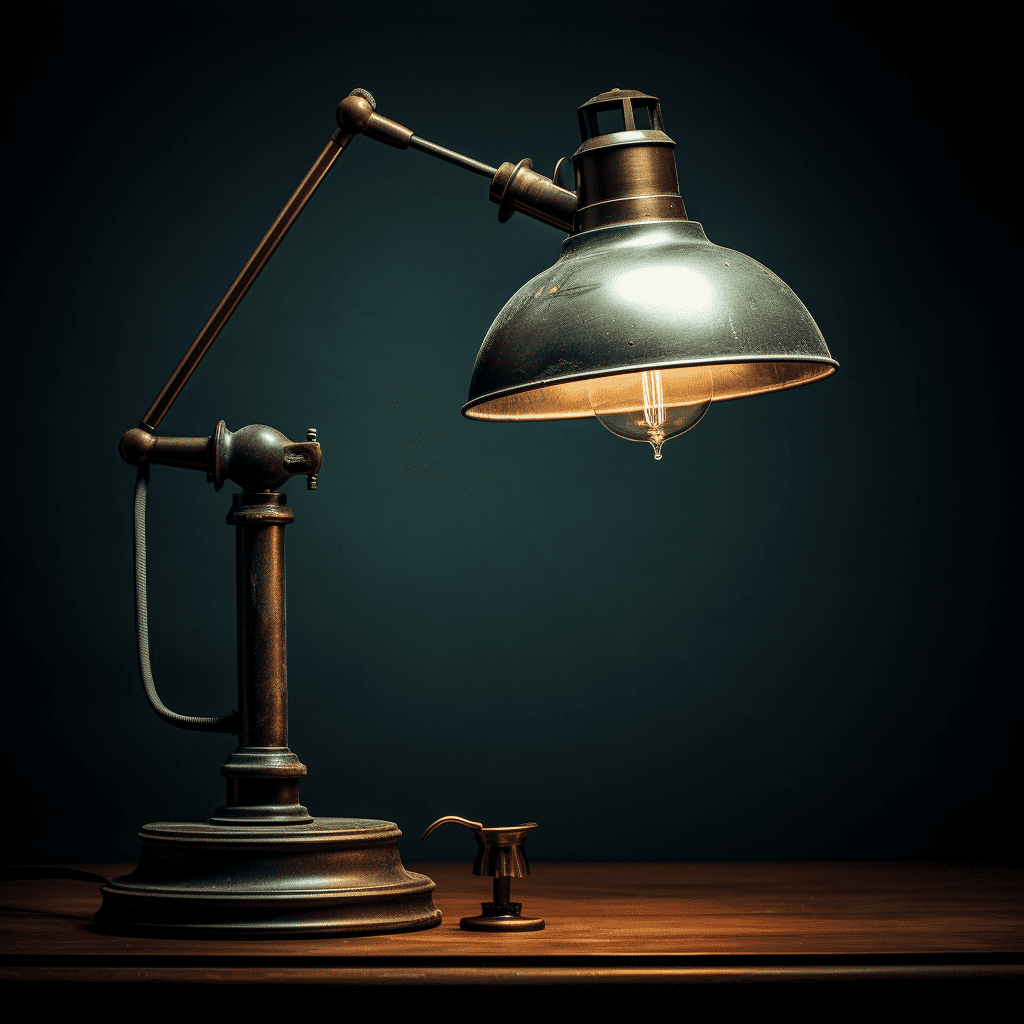The best lighting for reading and studying is bright, evenly distributed light that reduces eye strain and enhances focus. Daylight or cool white LED lights (5000K-6500K) are ideal during the day, while warm white lights (2700K-3000K) can create a cozy atmosphere for evening study sessions. Proper task lighting, such as desk lamps, can also improve concentration.
How do different light colors affect reading and studying?
Different colors of light significantly impact mood, alertness, and productivity:
- Warm White Light (2700K-3000K): Creates a relaxing environment, ideal for evening reading but may promote sleepiness.
- Cool White Light (4000K-5000K): Enhances alertness and concentration, making it suitable for detailed tasks like studying.
- Daylight (5000K-6500K): Mimics natural sunlight, promoting focus and reducing fatigue during daytime activities.
What are the recommended brightness levels for study areas?
Recommended brightness levels vary based on tasks:
- General Study Areas: Aim for 300-500 lux (lumens per square meter) to ensure adequate illumination without glare.
- Task Lighting: For detailed work like reading or writing, a brightness level of 500-1000 lux is ideal.
- Ambient Lighting: A well-lit room should have a combination of ambient and task lighting to create a comfortable environment.
How can you create an ideal study environment with lighting?
To create an optimal study environment:
- Use Adjustable Lighting: Incorporate lamps with adjustable brightness settings to tailor light levels to your needs.
- Position Lights Strategically: Place desk lamps to minimize shadows on work surfaces; avoid direct glare on screens.
- Layer Your Lighting: Combine ambient lighting (overhead lights) with task lighting (desk lamps) to enhance visibility.
- Choose High CRI Bulbs: Select bulbs with a Color Rendering Index (CRI) of 90 or higher to ensure accurate color representation.
What are the benefits of proper lighting for learning?
Proper lighting offers several benefits:
- Enhanced Focus: Adequate lighting reduces eye strain, allowing for longer periods of concentration.
- Improved Mood: The right light color can positively influence mood and motivation, enhancing learning experiences.
- Increased Productivity: Good lighting conditions can lead to better performance in tasks requiring attention to detail.
- Better Sleep Quality: Using appropriate light temperatures in the evening helps regulate circadian rhythms, promoting better sleep patterns.
Top 5 Recommended Lighting Solutions for Study Areas
When selecting lighting solutions for reading and studying, consider these top-rated options:
| Model Name | Type | Color Temperature | Lumens Output | Features |
|---|---|---|---|---|
| BenQ e-Reading Desk Lamp | Desk Lamp | Adjustable (3000K – 6000K) | 1000 | Flicker-free with smart brightness control |
| TaoTronics LED Desk Lamp | Desk Lamp | 3000K / 4000K / 5000K | 1200 | Multiple color modes and brightness levels |
| Philips Hue White | Smart Bulb | Adjustable (2000K – 6500K) | 800 | Smart control via app or voice |
| OttLite LED Floor Lamp | Floor Lamp | 3000K | 1500 | Natural daylight illumination |
| VAVA LED Desk Lamp | Desk Lamp | Adjustable (3000K – 6000K) | 800 | Touch control with multiple brightness settings |
These models are recognized for their robust design and ability to perform efficiently under various conditions.
Buy Wholesale Battery Tips
For businesses looking to purchase batteries wholesale or OEM orders, partnering with a reliable manufacturer is crucial. Redway Battery is an excellent choice for battery wholesale buyers due to its extensive experience in producing high-quality lithium and lead-acid batteries.











